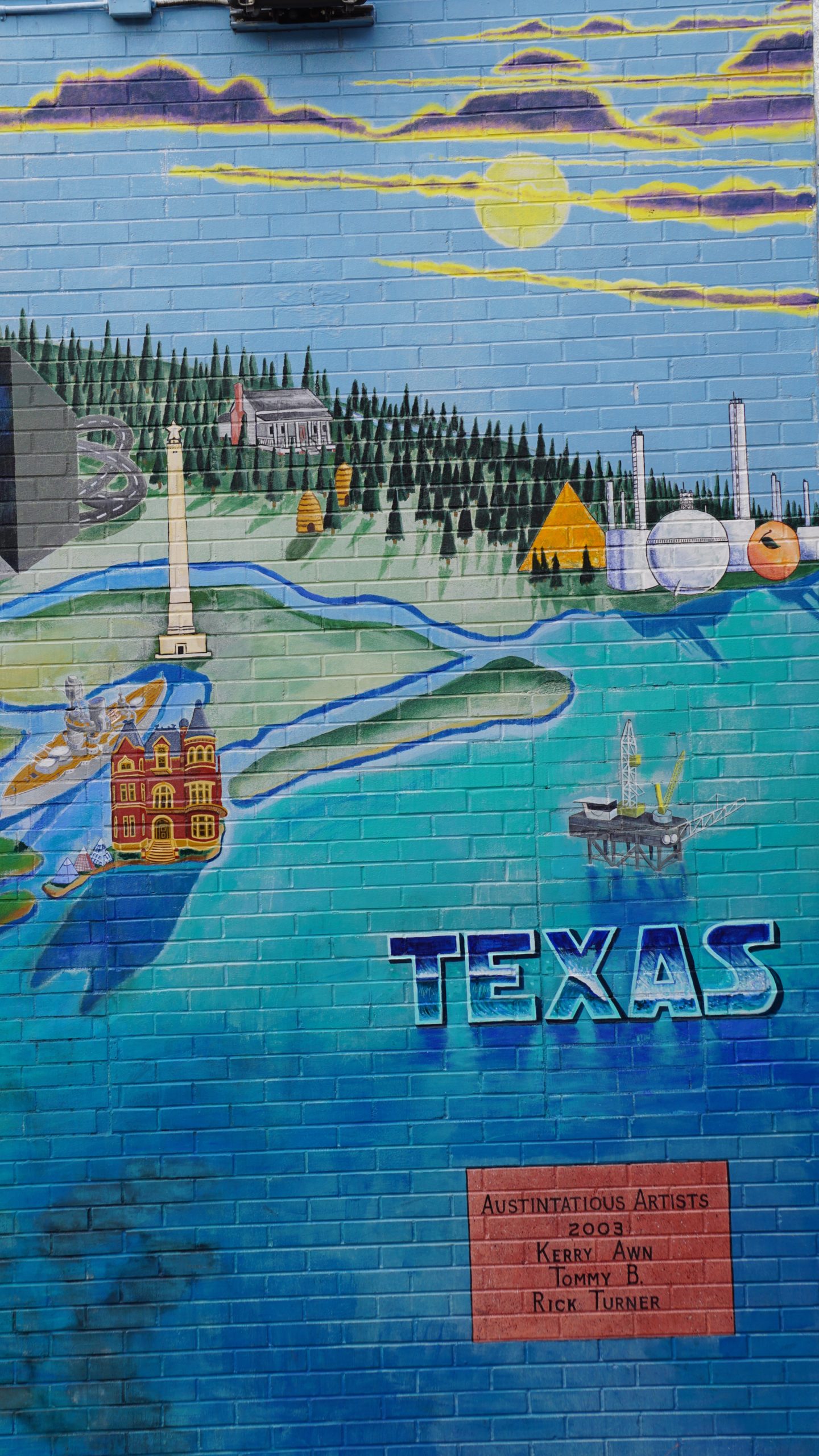Akin to a hydrological Mount Rushmore, the pantheon of Highland Lakes heroes is inscribed on the dams or attached to the reservoirs themselves. Sometimes to both:
- U.S. Congressman James P. Buchanan represented the Hill Country from 1913 to his sudden death in February 1937. He was chairman of the House Committee on Appropriations, beginning in 1933 and led the campaign to fund the damming of the Colorado River. The first dam completed, in 1937, and the reservoir now behind it, are named for him. The lakeside town of Buchanan Dam is also named for the lawmaker.
- Roy Inks was the major of Llano, an active champion of Colorado River development and an original board member of the LCRA. Both Inks Dam immediately below Lake Buchanan, completed in 1938, and the lake itself, are named for Inks.
- Alvin J. Wirtz was a state lawmaker representing Seguin who had long campaigned for the damming of the Colorado before he wrote the legislation passed in 1934 that created the Lower Colorado River Authority, or LCRA. Later, as undersecretary of the Department of the Interior, he successfully successfully shepherded its funding to the project’s completion. The dam, completed in 1951, was originally named Granite Shoals Dam but was renamed Wirtz Dam shortly after his death that same year.
- Lyndon Johnson is the Hill Country’s most famous native son. Before his career as a senator that took him to Vice Presidency in 1960 and the presidency in 1963, Lyndon Johnson was a congressman representing the Hill Country from 1937 to 1949. After winning a special election to succeed Rep. Buchanan after his sudden death, then-Rep. Johnson was most credited with securing the legislation that enabled the LCRA to power rural electric projects, including today’s Pedernales Electric Cooperative Inc. that was founded in 1939. Johnson’s work for rural electrification was so popular that he ran unopposed in his first two bids for reelection. Originally called Lake Granite Shoals, it was renamed became Lake LBJ in 1965.
- Max Starcke was the mayor of Seguin and then the managing director of the LCRA from 1940 to 1955. The dam impounding Lake Marble Falls was named Starcke Dam in 1962.
- Rep. Joseph Jefferson “J.J.” Mansfield, represented a district between Houston and Austin from 1917 to 1947. Throughout the Depression he served as chairman of the House Committee on Rivers and Harbors, a post that enabled him to bolster funding for for the LCRA and the Highland Lakes dam construction. Mansfield Dam was named for him shortly after its completion in 1941. The dam creates Lake Travis, named for hero of the Alamo, Lt. Col. William Travis, is the sole sole Highland Lake not honoring one of its builders.
- Robert “Tom” Miller was the mayor of Austin twice, for a total of 22 years. He served in that post from 1933 to 1949 and again from 1955 to 1961. The dam creating Lake Austin was completed in 1938 and named for Miller. He was active not only in the creation of the Highland Lakes, but also led construction of the city-owned Longhorn Dam that was completed in 1960 which created downtown Austin’s Lady Bird Lake.
- Walter E. Long, a longtime Austin civic activist and historian is regarded by some as the intellectual father of the LCRA for his role organizing its predecessor entity in 1915. In 1956 he published a history of the LCRA and the projects. While he received neither a Highland lake or dam in his name, Lake Walter E. Long in East Austin is named for him. Not on the Colorado River but impounding Decker Creek, it was created to provide cooling water to an adjacent power plant owned by the city of Austin.
If you like what you’ve been reading, please click here to subscribe and we will send you updates and our newsletter.



